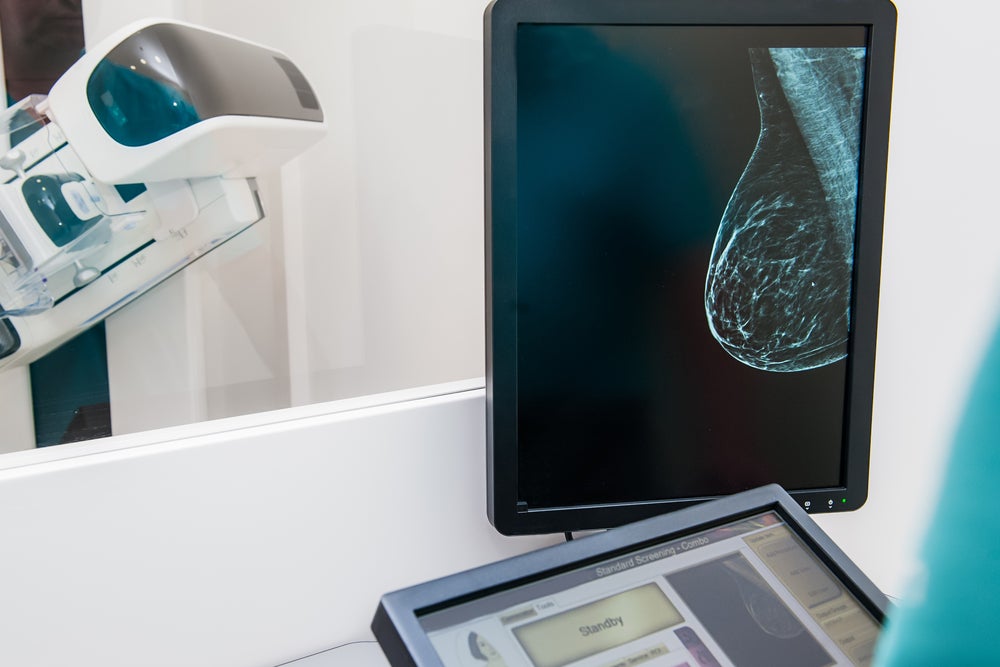Advancements in technology and medical knowledge have improved early breast cancer detection and treatment. But despite these advances, breast cancer is still the second highest cancer-related mortality in women and the highest in Black and Hispanic women specifically.
GlobalData epidemiologists have estimated there will be one million five-year diagnosed prevalent cases of breast cancer in women ages 18 years and above in the US by the end of 2024; that number is expected to increase to 1.1 million by the end of 2028.
Lingering Covid-19-related healthcare disruptions to routine monograph screening have also resulted in some hindrances to previous progress. Minoritised groups of women experienced these healthcare disruptions to a greater extent, and their recovery from the disruption was also slower. In its biennial breast cancer update, the American Cancer Society detailed such discrepancies in breast cancer incidence and survival between racial groups in US women.
Comprehensive nationwide breast cancer data in women living in the US was sourced from the National Cancer Institute’s Surveillance, Epidemiology and End Results programme and the Centers for Disease Control and Prevention’s National Program of Cancer Registries. Giaquinto and colleagues detail the findings from this data, which is published in CA: A Cancer Journal for Clinicians.
Black women are more likely to be diagnosed with tumours 5cm or larger
Descriptive statistics show that differences exist between racial groups in the proportions diagnosed with early-stage breast cancer, in tumour size and in molecular subtype. Women across all racial groups are more likely to be diagnosed with localised stage disease; however, the proportion in white women (68%) is higher than in Black women (58%).
Black women are more likely to be diagnosed with tumours 5cm or larger compared to white women (12% vs 7%) and high grade compared to white women too (38% vs. 24%). The most common molecular subtype across all racial groups is HR-positive/HER-positive, but this makes up the largest proportion only in white women. In contrast, Black women have twice the proportion of HR-negative/HER-negative breast cancer subtype (19%) compared to every other group (9% to 11%).

US Tariffs are shifting - will you react or anticipate?
Don’t let policy changes catch you off guard. Stay proactive with real-time data and expert analysis.
By GlobalDataAge-standardised breast cancer incidence from 2017 to 2021 was highest in white women (137.9 cases per 100,000 population) and lowest in Hispanic women (104.1 cases per 100,000 population). A slight variation between racial groups in age-related breast cancer incidence was witnessed. Black women experience the highest incidence rate before the age of 40 and at ages 55 to 59 years, while Hispanic and white women have the highest incidence rate at ages 70 to 74 years.
Black women experience the highest incidence rate before the age of 40
Black women had the lowest relative survival rate for regional and distant-stage disease. Breast cancer survival rates for Asian American Pacific islanders (AAPI) and Hispanic women are comparable to those of white women, although this metric may be inflated due to a substantial proportion of foreign-born individuals. As such, individuals diagnosed in the US who then move abroad are counted as alive.
The highest mortality rate due to breast cancer for the same period is seen in Black women (26.9 cases per 100,000 population) and the lowest in AAPI (11.9 cases per 100,000 population).
The epidemiology of breast cancer in women is heterogeneous amongst different racial groups; this is therefore important knowledge to have for formulating public health interventions to address issues of health disparity.



